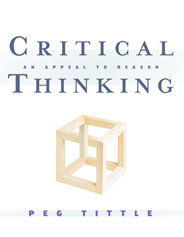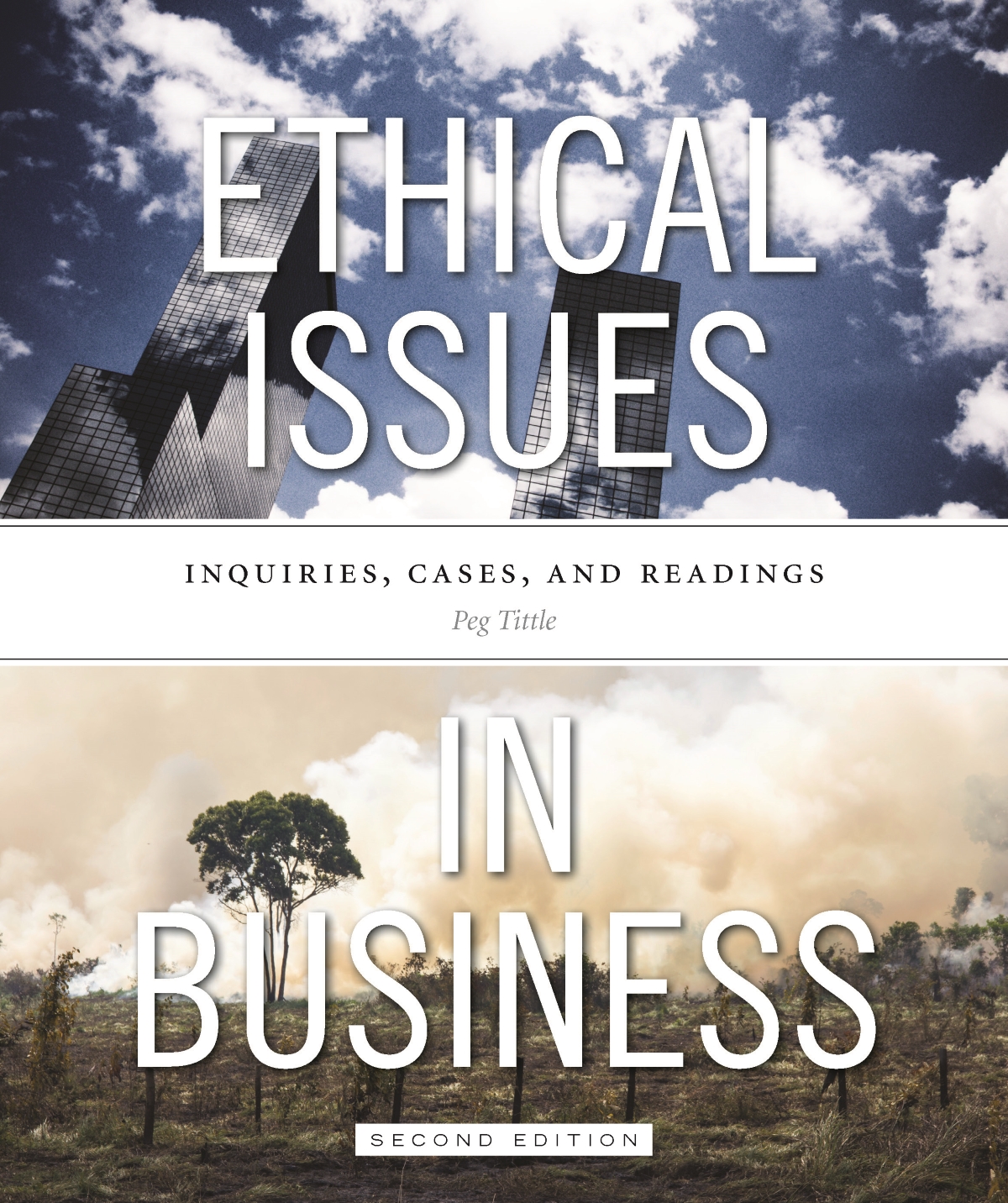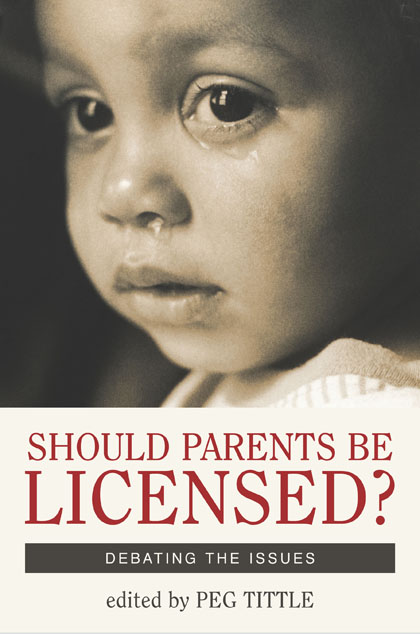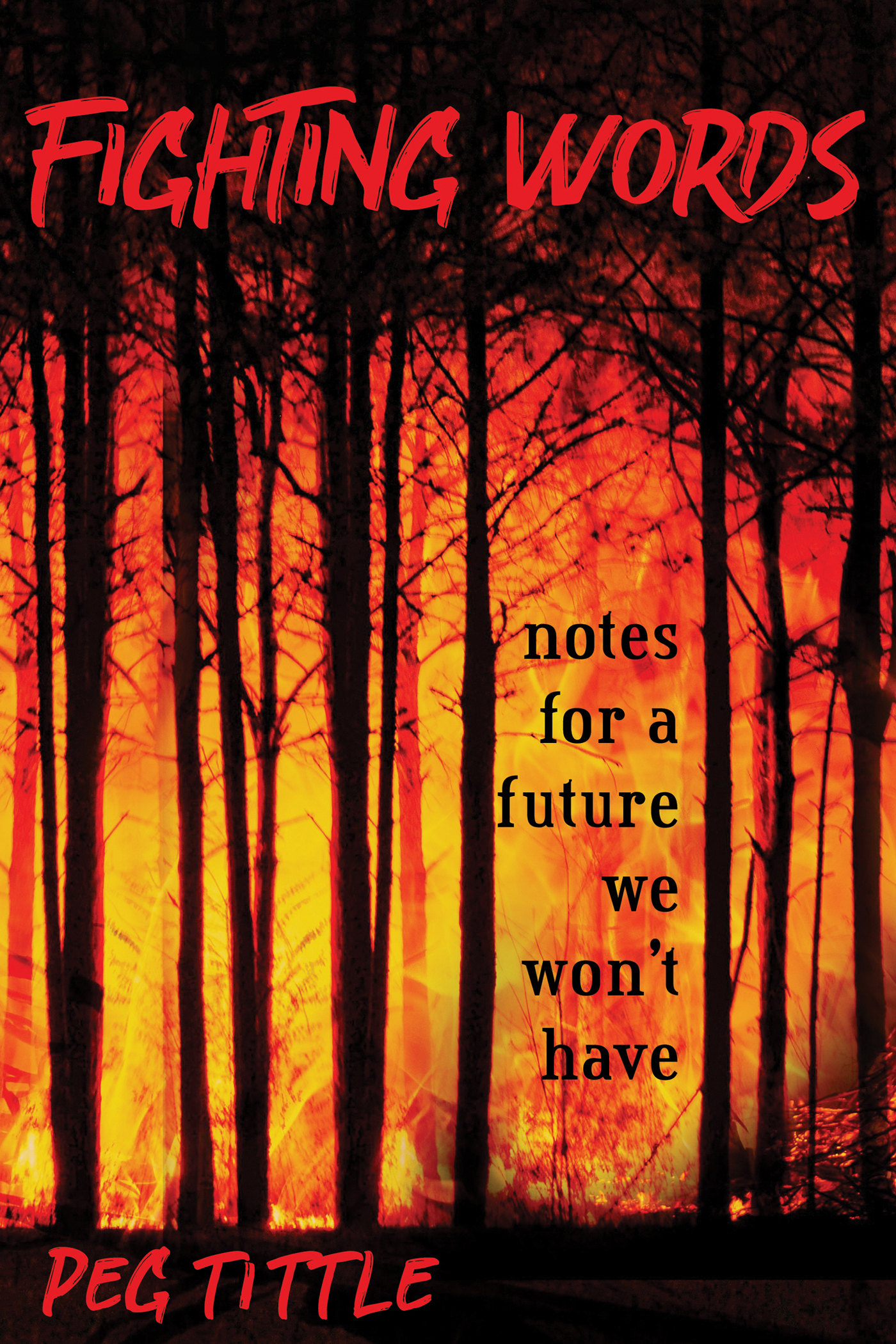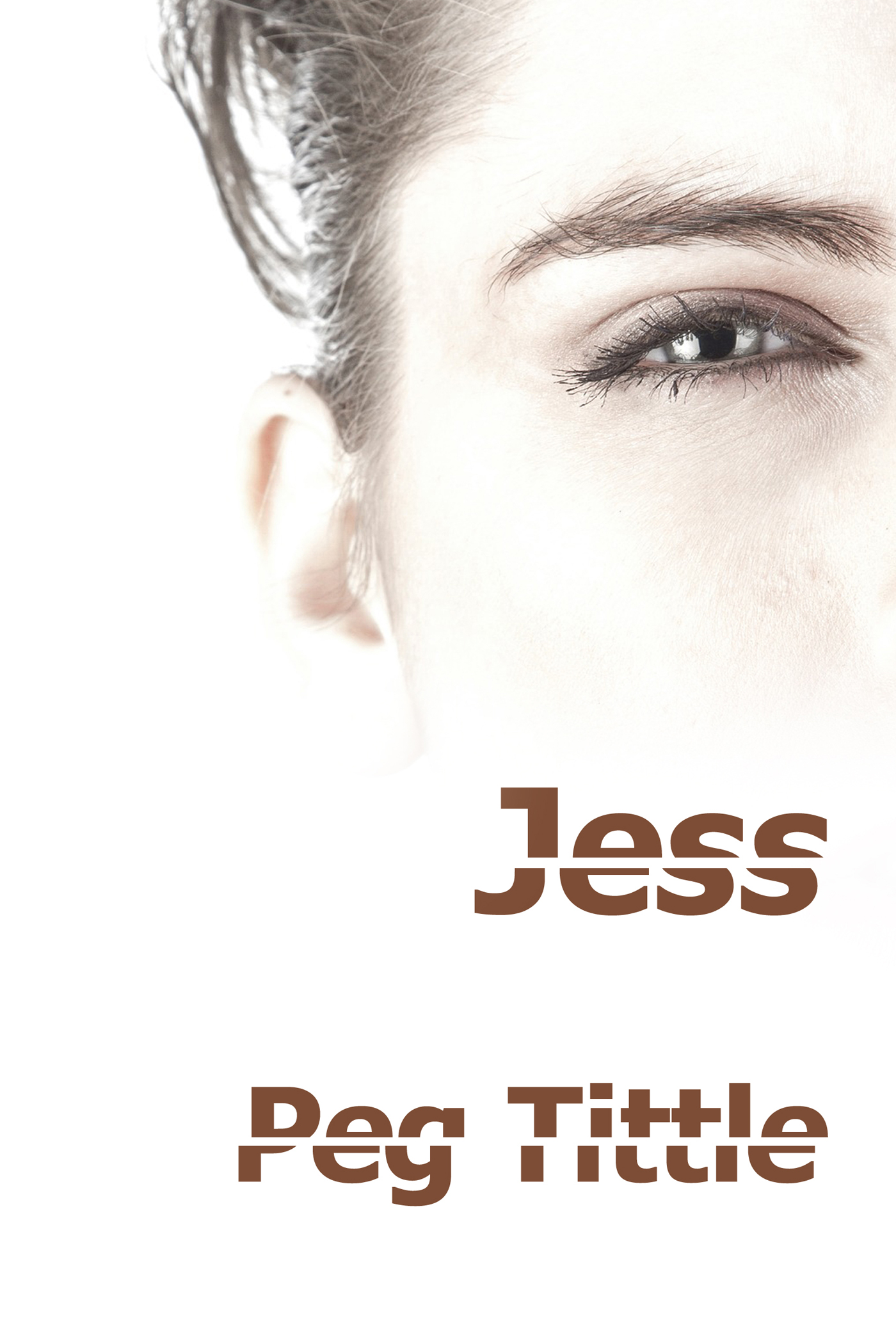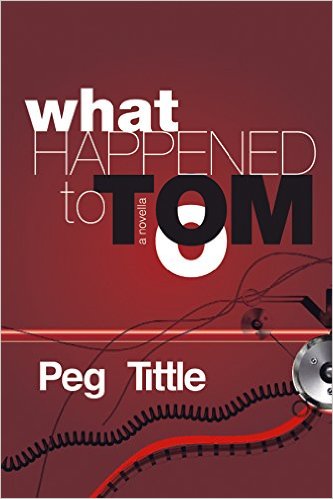My god, there’s something placard-worthy in every paragraph!!
“Why Pornography Matters to Feminists” from Letters from a War Zone, Andrea Dworkin:
Pornography is a n essential issue because pornography says that women want to be hurt, forced, and abused; pornography says women want to be raped, battered, kidnapped, maimed; pornography says women want to be humiliated, shamed, defamed; pornography says that women say No but mean Y e s— Yes to violence, Yes to pain.
Also: pornography says that women are things; pornography says that being used as things fulfills the erotic nature of women; pornography says that women are the things men use.
Also: in pornography women are used as things; in pornography force is used against women; in pornography women are used. Also: pornography says that women are sluts, cunts; pornography says that pornographers define women; pornography says that men
define women; pornography says that women are what men want women to be.
Also: pornography shows women as body parts, as genitals, as vaginal slits, as nipples, as buttocks, as lips, as open wounds, as pieces.
Also: pornography uses real women.
Also: pornography is an industry that buys and sells women.
Also: pornography sets the standard for female sexuality, for female sexual values, for girls growing up, for boys growing up, and increasingly for advertising, films, video, visual arts, fine art and literature, music with words.
Also: the acceptance of pornography means the decline of feminist ethics and an abandonment of feminist politics; the acceptance of pornography means feminists abandon women.
Also: pornography reinforces the Right’s hold on women by making the environment outside the home more dangerous, more threatening; pornography reinforces the husband’s hold on the wife by making the domestic environment more dangerous, more
threatening.
Also: pornography turns women into objects and commodities; pornography perpetuates the object status of women; pornography perpetuates the self-defeating divisions among women by perpetuating the object status of women; pornography perpetuates the
low self-esteem of women by perpetuating the object status of women; pornography perpetuates the distrust of women for women by perpetuating the object status of women; pornography perpetuates the demeaning and degrading of female intelligence and
creativity by perpetuating the object status of women.
Also: pornography is violence against the women used in pornography and pornography encourages and promotes violence against women as a class; pornography dehumanizes the women used in pornography and pornography contributes to and promotes the dehumanization of all women; pornography exploits the women used in pornography and accelerates and promotes the sexual and economic exploitation of women as a class.
Also: pornography is made by men who sanction, use, celebrate, and promote violence against women.
Also: pornography exploits children of both sexes, especially girls, and encourages violence against children, and does violence to children.
Also: pornography uses racism and anti-Semitism to promote sexual arousal; pornography promotes racial hatred by promoting racial degradation as “sexy”; pornography romanticizes the concentration camp and the plantation, the Nazi and the slaveholder;
pornography exploits demeaning racial stereotypes to promote sexual arousal; pornography celebrates racist sexual obsessions.
Also: pornography numbs the conscience, makes one increasingly callous to cruelty, to the infliction of pain, to violence against persons, to the humiliation or degradation of persons, to the abuse of women and children.
Also: pornography gives us no future; pornography robs us of hope as well as dignity; pornography further lessens our human value in the society at large and our human potential in fact; pornography forbids sexual self-determination to women and to children; pornography uses us up and throws us away; pornography annihilates our chance for freedom.


